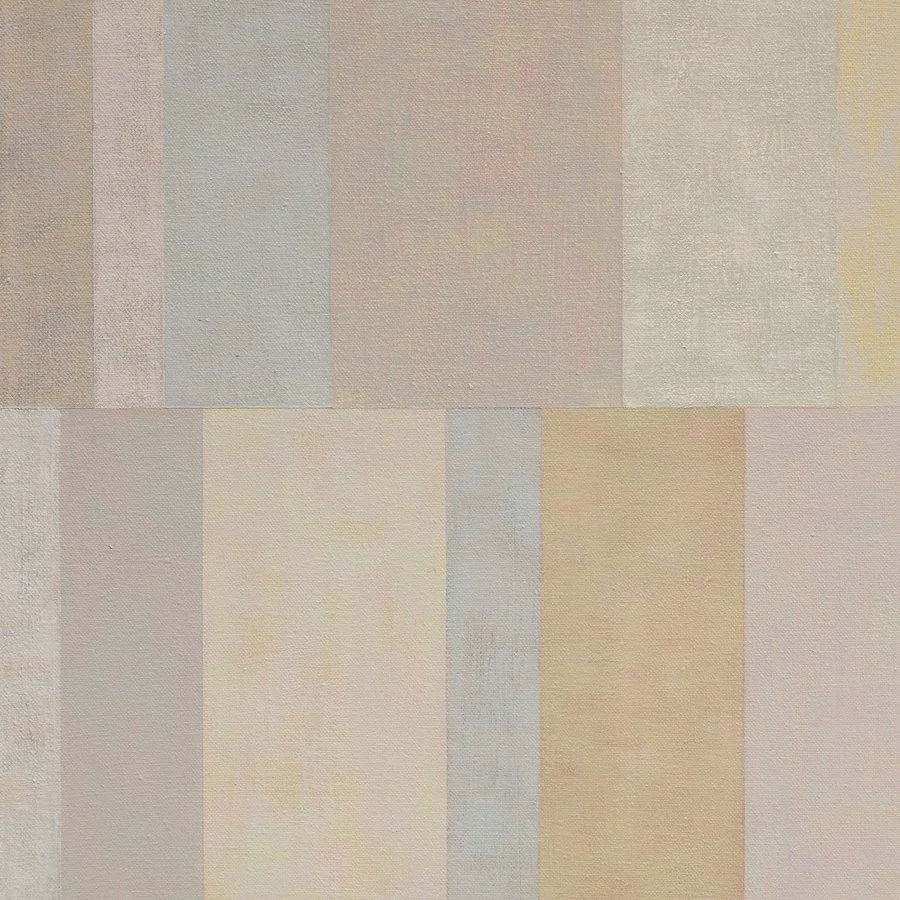I admit I am slightly tortured by the idea that 99% of the people who will see my work will not be seeing the real thing. They will see it on a screen with different brightness and color settings than I see on my screen, and they will have to imagine how this little digital avatar might look in the flesh, so to speak. And indeed, "in the flesh" seems the apt expression. They will not see how the light reflects off the oily mushy paint strokes, how the color changes and shifts depending on whether the sun is beaming through the window or dimmed incandescent lights are quietly liberating it from the dark. They will not see how big it is, how each face is larger than life size, how the painting stares at you as you wander around it, how the whole painting relates to their body. They will not be able to look at it from different angles, from different distances, to move around the painting and experience the image collapsing into abstract details as they approach closer and closer.
Walter Benjamin described the work of art has having an "aura", and famously warned of the consequences of the future omnipotence of the reproduction. California artist Robert Irwin never wanted his paintings to be photographed, since "Irwin felt that a photograph could capture none of what the painting was about and everything that it was not about. That is, a photograph could convey image but not presence."* For me, that seems true of all art that manifests itself as a physical object. I heard Chuck Close say one time that the modern perspective of the history of art was not an examination of the history of painting but merely the history of slides -- frozen, stale reproductions, where all emphasis is given to image and little else.
One of the greatest compliments I can get for my work is, "it looks so much better in real life!". I love having that experience myself -- of anticipating a particular experience with a work that I've seen online and then just being blown away when I get to see the actual work. I had that visceral thrill most recently when I went to see
Mark Grotjahn's spectacular exhibit in New York at Anton Kern this past summer. Unreal. So real. Of course, too often, it can go the other way -- sadly, some paintings are much more impressive in reproduction. I'll refrain from giving examples.
Here are a few different versions of one of my recent paintings ("Veiled", 48" x 28", oil on canvas). Each image is "accurate" according to particular screens I have viewed them on. I don't know what you see. Each one of them is only an idea of the painting. I wish it could be more. I wish you could see the real thing -- in the flesh.
* From Lawrence Weschler's amazing book on Robert Irwin, "Seeing is Forgetting the Name of the Thing One Sees"













